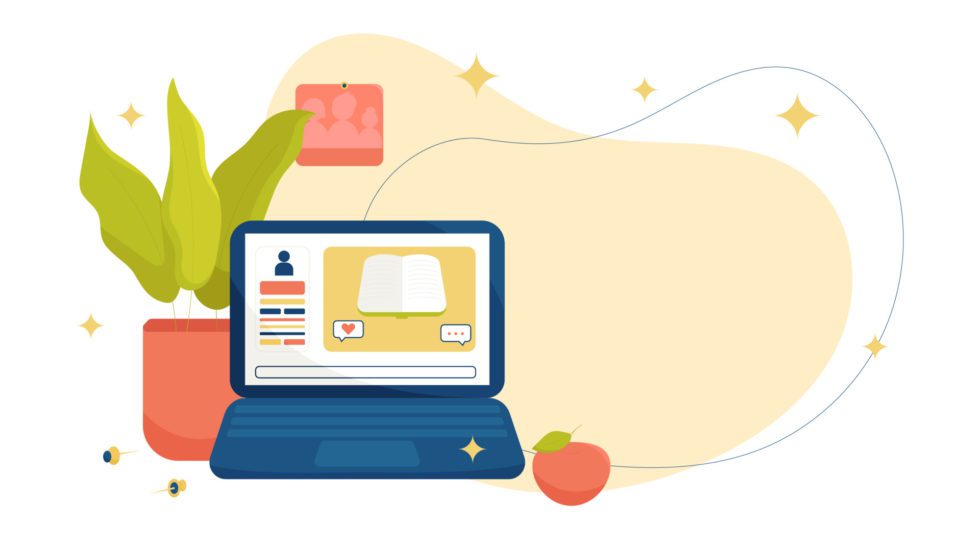Who doesn’t love the smell of fresh new IP addresses? Well, anyone charged with warming IP addresses for...
Understanding B2B Email Marketing
B2B (business to business) email marketing is an invaluable tool for businesses looking to communicate directly with their industry counterparts. Unlike its B2C counterpart, B2B email marketing best practices focuses on building long-term relationships and delivering value through tailored content and insights. This form of marketing enables businesses to engage with potential customers and partners by providing them with relevant information that can aid in decision-making processes.
At the core of a successful B2B email marketing strategy are a few key components. Understanding your audience, crafting relevant and engaging content, and utilizing segmentation to personalize messages are all paramount. A sound strategy leverages these elements to foster trust and build credibility, driving conversions and encouraging recurring business.
Are you wondering, “how to get started with email marketing?” It’s also crucial to recognize the fundamental differences between B2B and B2C email marketing. B2B campaigns often require a more nuanced approach, focusing on relationship building and providing value over time rather than immediate sales conversions. This nuanced approach, centered around professional communication and mutual benefit, distinguishes B2B email marketing as a unique and potent form of business communication.
How To Improve B2B Email Marketing?
To significantly enhance your B2B email marketing campaigns, it’s crucial to dive deep into the mechanics of email list segmentation, personalization, and the effective use of analytics. These elements collectively contribute to not just an increase in email open rates but also to the substantive engagement of the audience with your content.
Email List Segmentation
At the heart of improving your B2B email marketing strategies is email list segmentation. This method allows you to categorize your email list based on various factors such as industry, company size, or position in the buyer’s journey. Tailoring emails to meet the specific needs and interests of each segment ensures higher engagement rates, as your content resonates more profoundly with the recipients. Segmentation is not merely about separation; it’s about creating a personalized dialogue with each segment of your audience.
Personalization
Personalization goes hand in hand with segmentation. In today’s digital age, a one-size-fits-all approach no longer holds water. B2B email campaigns that incorporate personal touches—be it through addressing recipients by their names, referencing specific business needs, or offering solutions based on past interactions—stand a higher chance of connecting on a level that generic emails cannot. Implementing personalization is not just a courtesy; it’s a strategy that drives engagement, loyalty, and conversions.
Utilizing Analytics
In the realm of analytics, the gold lies in the insights that can radically redefine your email marketing strategy. Regular review of key metrics such as open rates, click-through rates, conversion rates, and bounce rates can unveil patterns or trends that, when acted upon, can significantly boost the performance of your campaigns. Furthermore, integrating A/B testing into your strategy allows you to continually refine and optimize your emails, ensuring that every aspect, from the subject line to the call to action, is as effective as it can be.
How To Write Effective B2B Emails?
Writing effective B2B emails requires a fine balance between professionalism and engaging content, but does email marketing work for B2B? The ultimate goal is to resonate with your audience, prompting them to take action. To achieve this, the first step is crafting compelling subject lines. These are crucial as they’re the first impression your email makes. A good subject line should create curiosity or offer value, compelling the recipient to open the email.
Tips for creating engaging email content include understanding your audience deeply and tailoring the message to their needs and pain points. This is where personalization plays a pivotal role. By leveraging data about your recipients, you can customize the email content to reflect their interests, industry, or position, making the email more relevant and engaging to them.
Additionally, every effective B2B email must have a clear and compelling call to action (CTA). Whether it’s to download a white paper, register for a webinar, or schedule a demo, your CTA should be easy to find and act upon. It’s not just about telling your audience to do something; it’s about making them feel the need to do it.
Lastly, best practices for email design and layout cannot be overlooked. A well-designed email not only reflects your brand’s professionalism but also enhances readability. Use a clean layout, incorporate your brand’s colors and logo, and use images sparingly but effectively to break up text and draw attention to key areas. Picking a good email marketing software can help with simplifying this process.
What Is A B2B Email Marketing Strategy?
At the core of every successful B2B email marketing strategy lies a profound understanding of the target audience. Knowing who you’re talking to is not just about recognizing job titles; it’s about understanding their day-to-day challenges, preferences, and ultimate goals. By aligning your email marketing efforts with the needs and interests of your recipients, you ensure not only higher engagement rates but also build a foundation for lasting business relationships.
Developing a content strategy that resonates with your audience is paramount. This involves creating valuable and relevant content tailored to the various stages of the buyer’s journey. Whether your recipients are at the awareness stage, considering their options, or ready to make a decision, your content should speak directly to their current needs and how your products or services can address them effectively.
Moreover, an impactful B2B email marketing strategy is not static but evolves over time. Integrating your email marketing efforts with your overall marketing goals requires a coherent and flexible approach. This ensures your email campaigns contribute towards larger business objectives, such as brand awareness, lead generation, or customer retention.
Finally, leveraging analytics is key to continuous improvement. By meticulously analyzing performance data such as open rates, click-through rates, and conversion metrics, you gain invaluable insights into what resonates with your audience. This data-driven approach enables you to refine your strategies over time, ensuring your email marketing efforts remain effective and relevant in an ever-changing B2B landscape.
How Do I Grow My B2B Email List?
Growing a B2B email list is essential for the success of your email marketing strategy. A larger, more engaged list means more opportunities for conversions and building meaningful relationships with your prospects and customers. The challenge, however, lies in expanding this list in a way that maintains both quality and compliance.
Effective Lead Generation Strategies for B2B Businesses
Lead generation is the backbone of any effort to grow your B2B email list. Crafting informative and engaging content that addresses the specific needs and pain points of your target audience is key if you want to generate leads. Whether through whitepapers, webinars, or eBooks, providing value upfront can entice potential leads to share their contact information. Additionally, optimizing your website with lead capture forms in strategic locations can significantly increase your signup rates.
Using Content Marketing to Attract Email Subscribers
Content marketing isn’t just about attracting visitors to your site; it’s a powerful tool for list growth. By creating content that educates, informs, or entertains your target audience, you can encourage visitors to subscribe to your email list for more insights. This approach helps in building an email list of new subscribers that is not only large but also highly targeted and engaged.
Offering Signup Incentives to Increase Subscription Rates
Incentives can dramatically boost your email list growth. Exclusive access to content, discounts, or free trials are potent motivators for B2B audiences to provide their contact information. The key is to offer something of genuine value that relates to your prospect’s business needs and interests. This not only helps increase your list size but also attracts subscribers who are genuinely interested in your products or services.
Maintaining List Health and Compliance with Regulations
Growth is not just about adding new contacts; maintaining the health of your email list is equally important. Regularly cleaning your list by removing inactive subscribers or those who have opted out ensures high deliverability and engagement rates. Additionally, staying compliant with email marketing regulations such as GDPR or CAN-SPAM acts is critical to protect your business and respect your audience’s privacy.
Conclusion
In wrapping up this guide on effective B2B email marketing, it’s critical to recognize the importance of a meticulously crafted strategy that aligns with your overarching business objectives. The journey through B2B email marketing we embarked on provided a comprehensive roadmap starting from understanding the fundamental differences between B2B and B2C email marketing, to developing powerful strategies for segmentation, personalization, and analytics.
Effective B2B emails are not just about sending messages; they are about building relationships. Through personalized content that speaks directly to your target audience and analytics-driven insights for continuous optimization, your business is well-positioned to harness the power of email marketing. Furthermore, the strategies discussed for growing your B2B email list—from leveraging lead generation tactics to offering irresistible signup incentives—serve as building blocks for a growing, engaged subscriber base.
This journey underscores the dynamic nature of B2B email marketing, a field where continuous learning and adaptation are not just recommended but required for success. As the digital landscape evolves, so too should your strategies. This involves staying abreast of the latest trends, techniques, and technologies that can serve to elevate your email marketing efforts.
Gain unparalleled insights into subscriber habits with our extensive data pool, tracking 85 trillion engagements. Boost your deliverability, re-engagement, and revenue with our advanced platform. Transform your email marketing with AudiencePoint. Call us today!



